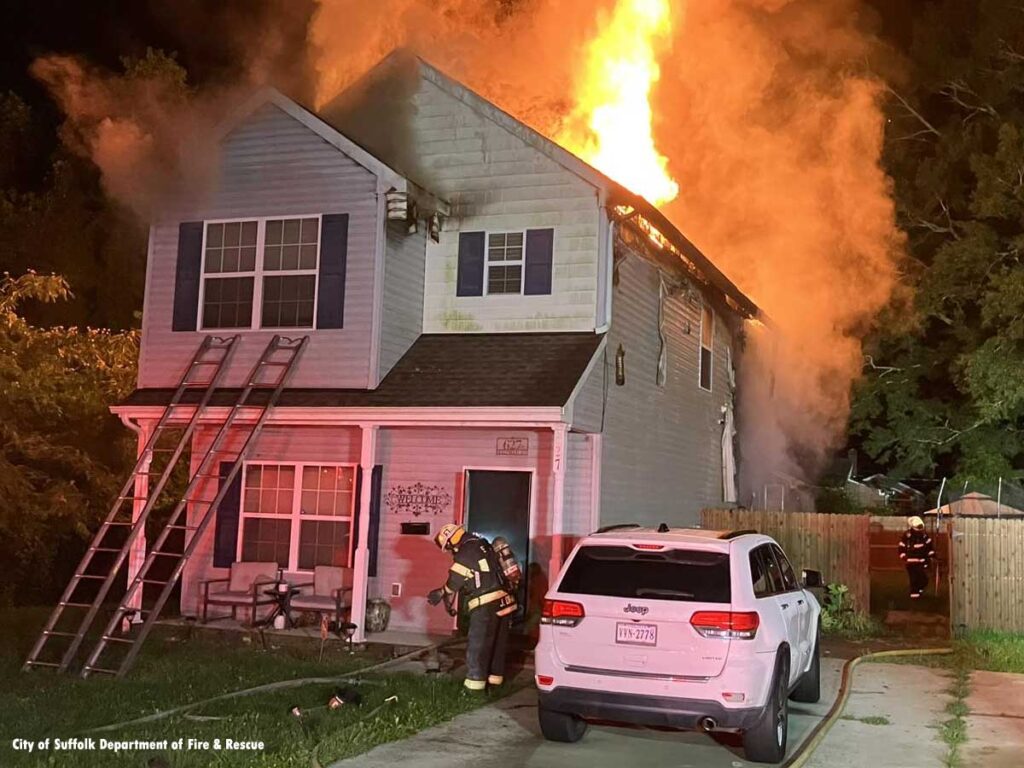
The legendary Frank L. Brannigan, the “Old Professor,” preached the famed doctrine: “The building is the enemy; know the enemy.” Speaking to the need for knowledge of building construction and prefire analysis in his first published Fire Engineering article in 1948, “Surveys Aid in Preparation for Handling Large Fires,” Brannigan wrote: “A firefighting survey is an attempt to gain beforehand as much knowledge as is possible about a particular fire potentiality, so that when and if fire does strike, the fire chief may lead his forces intelligently.”

Following Brannigan’s lead, proactive fire departments developed their own preincident plans and kept these paper copies in fire chief’s vehicle, apparatus dashboard, and the dispatch center. In 1991, the Leonia (NJ) Fire Department developed structural preplans, which consisted of a single page of specific information for target buildings.
Each plan consisted of the:
- address;
- occupancy;
- construction type;
- building shape (square, rectangle, or a letter of the alphabet (e.g., E, L, T, X));
- hazards to firefighters and occupants;
- fire protection systems;
- building systems;
- and utility main shutoff controls.
This was a simple but effective data collection that was well suited for the times.
In 1987, a nationwide attempt was made to organize the prefire planning survey. Undertake by the National Fire Protection Association (NFPA), it came to be a recommended practice after a large loss fire in a sprinklered warehouse. This initial guideline was NFPA 1420, Recommended Practice for Pre-Incident Planning for Warehouse Occupancies. After the 9/11 attacks on the World Trade Center in New York City, a strong call arose for the development of prefire incident plans as part of national codes and standards. This preincident survey has evolved over the years through codes and standards with advancements in technology and data sources to include essential building information in the format of an electronic building intelligence card (eBIC).
- Forget Preplanning…Battle-Ready Intelligence
- Rethink Battle-Ready Intelligence
- Jack J. Murphy and Jerry Tracy: Battle-Ready Intelligence
When fire companies adopt a Know Before You Go (KbyG) mentality and perform a prefire analysis “recon survey” survey, firefighters must assume the worst that, despite our best efforts, the building (a.k.a. the enemy) is in jeopardy and develop battle plans for various emergency responses. By adopting a KbyG solution for critical building intelligence ensures that an incident commander can assess risks, deploy the right resources, and focus on saving lives as a decision-making and analysis tool which can be influential at critical moments.
Next up in the series will be “Why We Need Building Intelligence.”
Book: High-Rise Buildings: Understanding the Vertical Challenges
JACK J. MURPHY, MA, is a retired fire marshal and a former deputy chief of the Leonia (NJ) Fire Department. He is the past chairman of the Fire/Life Safety Directors Association of Greater New York. He is a principal member on the NFPA High-Rise Building Safety Advisory and the 1660 Emergency, Continuity, and Crisis Management: Preparedness, Response, and Recovery committees and a representative on the ICC Fire Code Action Committee, and a representative on the NFFF Vision 20/20 Strategy-5 Codes and Standards Group. He is a co-author of High-Rise Buildings: Understanding the Vertical Challenges. He is a member of the Clarion Fire and Rescue Group Advisory Board and a presenter at FDIC International. He was the recipient of the 2012 Fire Engineering Tom Brennan Lifetime Achievement Award.

